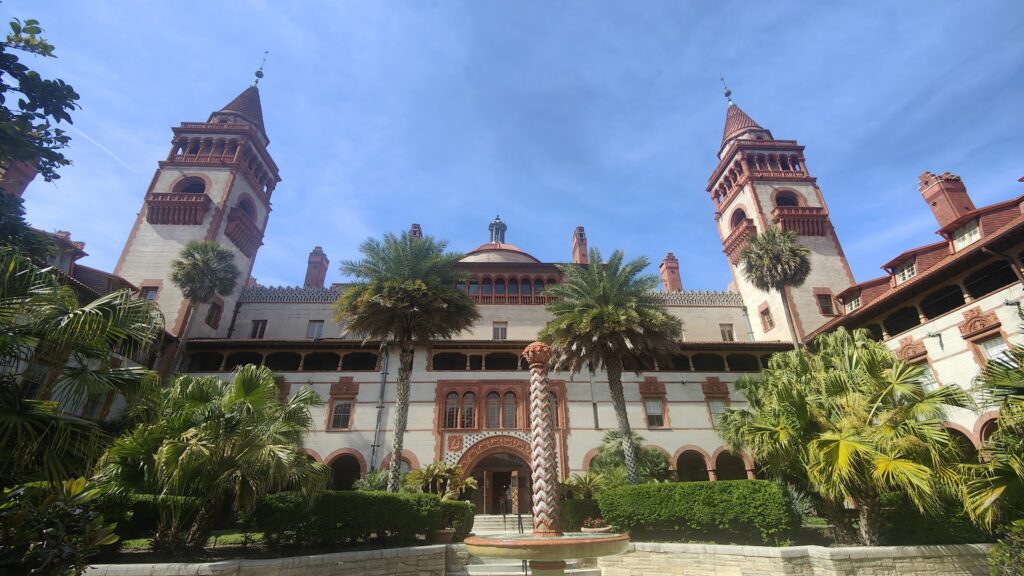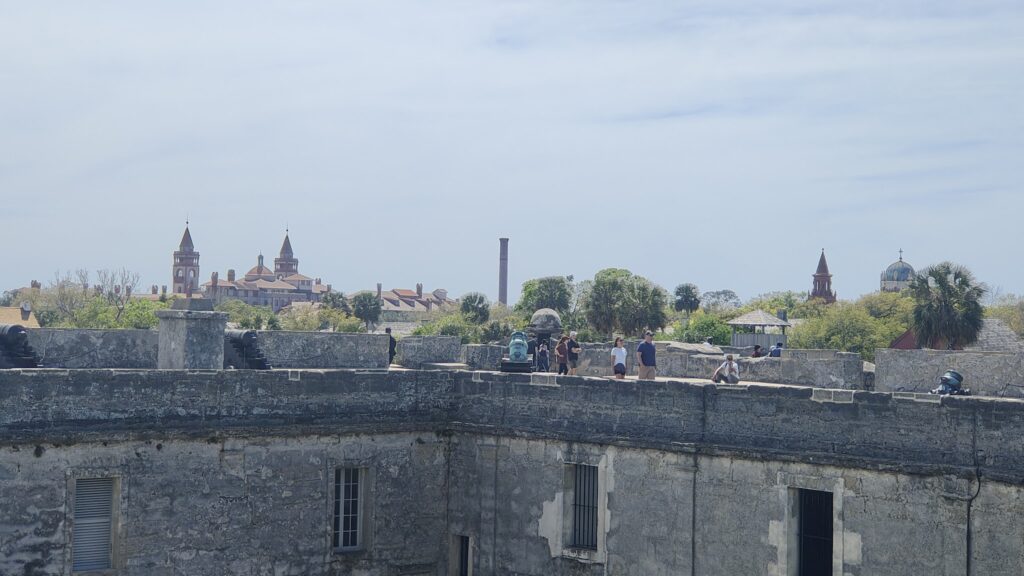
Saint Augustine is the oldest continuously occupied European settled city in the USA. And it is very proud of it! It was founded in 1565 and was also the site of the first Catholic Mass. The city was founded 55 years before the Pilgrim Fathers arrived in New England, and was under Spanish or British rule for longer than it has been a part of the USA. It also contains the oldest masonry building in the continental US, Fort Marcos, which has guarded the city for centuries and withstood every attack.
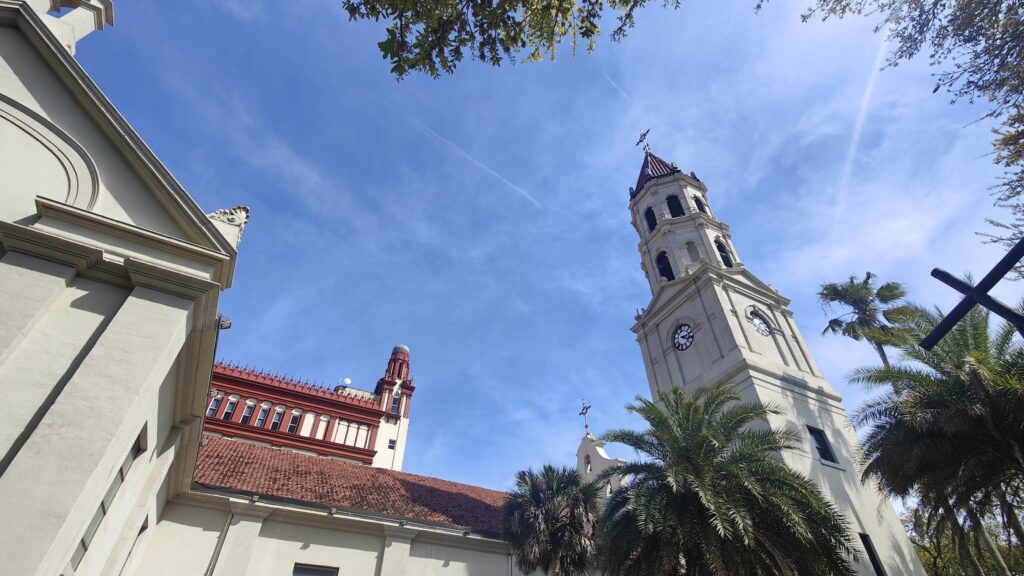
But there is much more to see here, and a lot of the most interesting buildings date from the late 19th century, when it was developed by Henry Flagler, a business associate of John D Rockefeller, to create a southern riviera destination accessible by railroad. His idea was a great success and there are several buildings that grace the small city centre that were for many years among the most splendid hotels of their age. They are now college buildings and the City Hall, but once played host to the rich and famous, providing the most opulent surroundings. The most flamboyant was the Hotel Ponce de Leon, which is an architectural extravaganza, with towers, a dome, courtyards and the largest private collection of Tiffany glass in the world. Tiffany himself was the interior designer. The students for whom this is now home are lucky indeed.
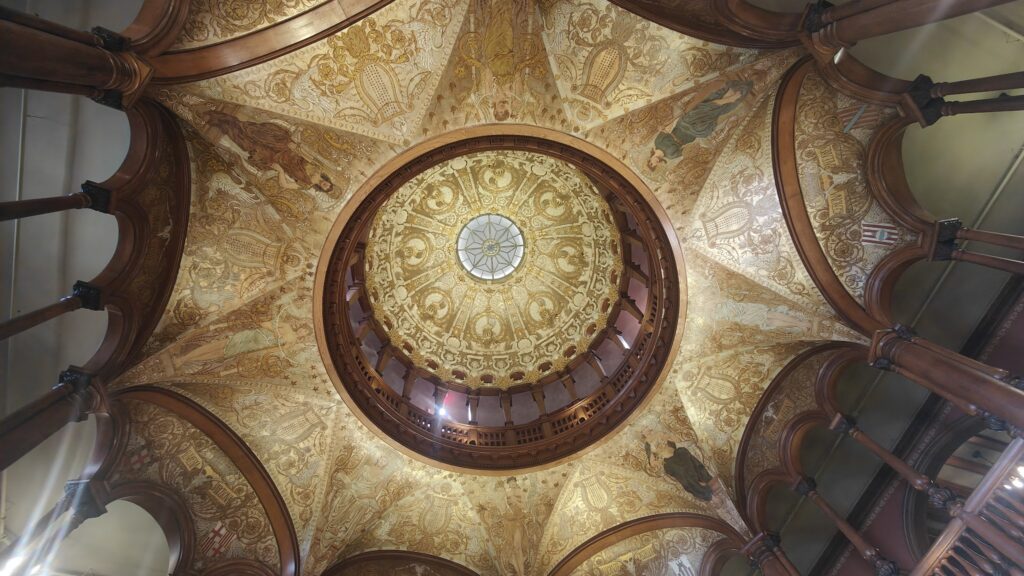
I walked around Fort San Marcos with the hoards and enjoyed the views of the river and the access to the sea that it protected. The Spanish had all angles covered with canon crossfire. Apparently there is also something special about the soft stone from which it is built that allowed it to withstand bombardment in times of siege.
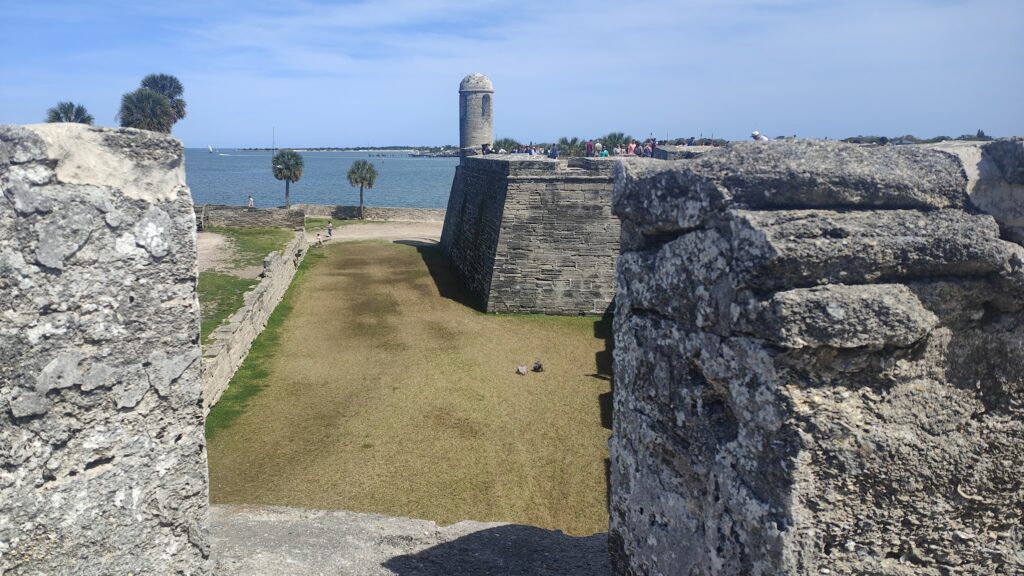
Before Florida was ceded to the United States, this city was exchanged in various wars and treaties between the Spanish and the British, and the complete history is a complicated affair. There was much coming and going of people, including pirates, slaves, native Americans, missionaries and invading forces. Black people have lived here for centuries, both free and enslaved in parallel, and slavery continued to be practiced here until 1862 after the American Civil War. Today there was a great deal of Spanish being spoken in the streets and every information sign and leaflet was in both English and Spanish.
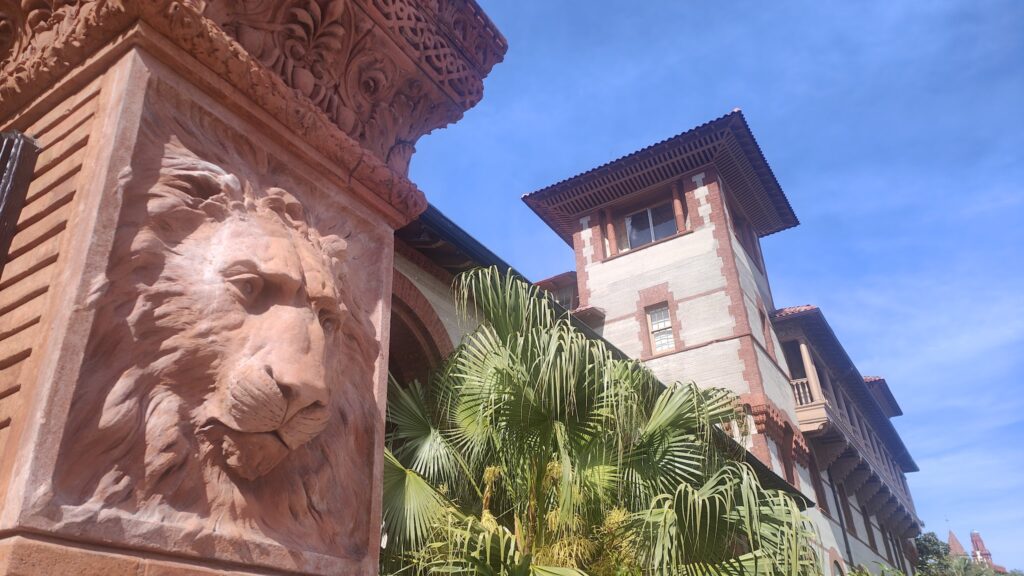
Overall it is a likeable place on a human scale: easily walkable with many car free streets and fine buildings. It has a lovely riverside setting with a large, many arched bridge that opens for boats to pass through, and several fine churches. The streets are also lined with live oaks, big native trees which live hundreds of years and are coated in long, wispy cobweb like strands of Spanish moss.
It was a place not to miss and I am glad took a day out to see it. It is back to the road tomorrow for my final day in Florida.
